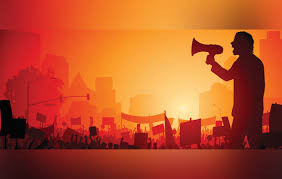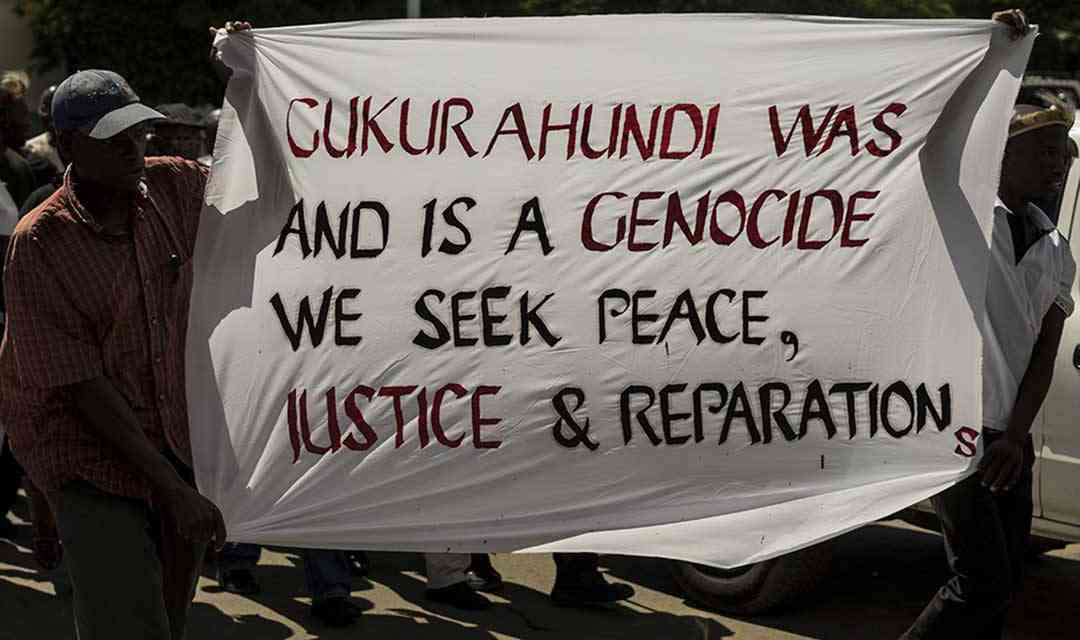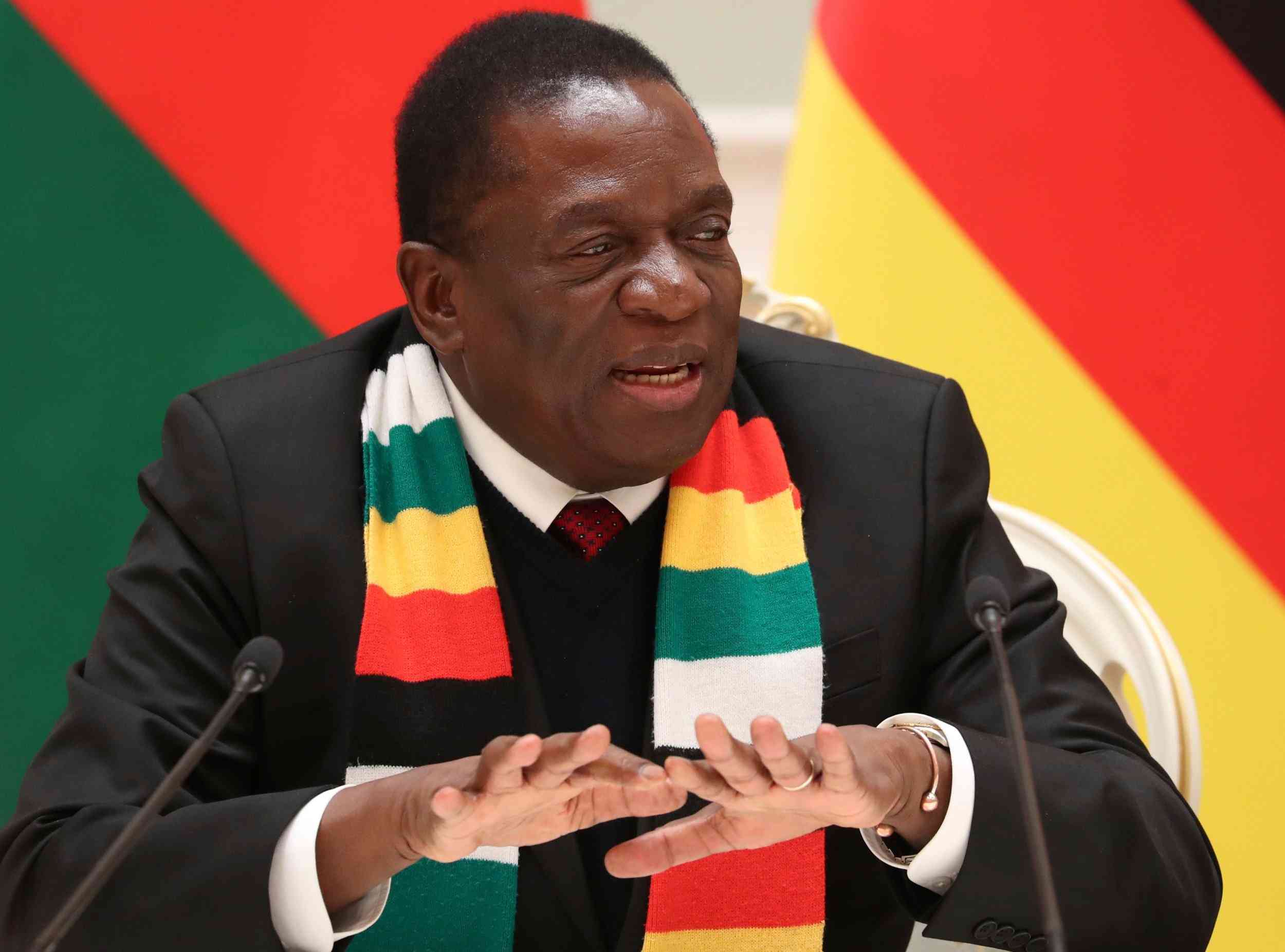
As the world grapples with the intensifying impacts of climate change—droughts, floods, heatwaves, and crop failures—there is growing recognition that the fight against this existential threat cannot be left to governments and large corporations alone.
Ordinary citizens, especially in vulnerable countries like Zimbabwe, must become active participants in climate action. Citizen activism is not just helpful; it is essential.
Zimbabwe is already facing the brunt of climate change. Recurrent droughts have devastated food production, flash floods have displaced communities, and shifting weather patterns have wreaked havoc on livelihoods dependent on agriculture.
Yet, in the face of these challenges, citizen engagement remains limited.
Many people feel powerless, thinking that climate change is a global issue far beyond their control. But this mindset must change.
Citizen activism offers a powerful pathway for Zimbabweans to influence both local practices and national policy.
Around the world, people have taken grassroots action to demand sustainable change—and succeeded.
From village-level innovations to national protests, examples from other countries show that ordinary people can and do make a difference.
- COP27: Zimbabwe’s opportunity to shine
- Shot in the arm for Chiredzi, Bikita communities
- COP27: Zimbabwe’s opportunity to shine
- What are your climate plans for 2023?
Keep Reading
One such example is found in India. In the state of Rajasthan, local women led a reforestation movement known as the Chipko Movement, which involved hugging trees to prevent them from being cut down.
This grassroots campaign not only saved vast forest tracts but also inspired broader environmental awareness across India. Similarly, in Kenya, the late Nobel Peace Prize laureate Wangari Maathai founded the Green Belt Movement, which empowered women to plant trees, restore degraded land, and fight deforestation.
Her work stands as a powerful reminder that citizen-led environmental action can create lasting change.
Zimbabweans can draw important lessons from these movements. First, we must embrace community-based environmental stewardship.
Simple actions like planting trees, practicing conservation agriculture, and reducing waste in our communities can collectively contribute to carbon sequestration and environmental resilience.
Schools, churches, and community groups can lead clean-up campaigns, establish tree nurseries, and promote energy-saving behaviors.
Second, citizens must engage with policy processes. In countries like Sweden, citizen lobbying helped pressure the government to pass some of the world’s most ambitious climate laws.
Zimbabweans, too, can organise climate dialogues, petition local leaders, and use platforms like social media to raise awareness and call for accountability in environmental governance.
When citizens demand transparency on how climate funds are spent or question the approval of polluting projects, they strengthen democratic oversight and push for climate justice.
Moreover, Zimbabwean youth must take center stage in this fight. With more than 60% of the population under the age of 25, the youth represent both the most affected and the most powerful force for change.
In Uganda, climate activist Vanessa Nakate has become a leading voice in global climate discussions, advocating for African perspectives in international forums.
Her activism began with solo protests and has since grown into a global movement. Zimbabwean youths can also start local climate clubs, engage in eco-journalism, and organize environmental workshops to raise consciousness.
Citizen science is another tool Zimbabweans can use. In many developing countries, communities are participating in climate data collection—tracking rainfall, mapping water sources, and monitoring biodiversity—to support early warning systems and inform local adaptation strategies.
In the Philippines, fisherfolk communities collaborate with scientists to monitor sea temperatures and coral health, thereby protecting their marine ecosystems. In Zimbabwe, farmers and rural villagers could be trained to record rainfall and crop yields, generating crucial local data to improve agricultural planning and food security.
Furthermore, Zimbabweans must rethink consumption habits.
The rise of fast fashion, plastic use, and unsustainable food choices all contribute to climate change. Citizens can counter this by supporting local produce, reusing materials, reducing meat consumption, and promoting circular economy initiatives.
For example, South Africa’s EcoBrick Exchange encourages citizens to recycle plastic waste into building materials for schools and homes. Zimbabwean communities could adopt similar models that combine waste management with socio-economic development.
It’s also vital to acknowledge the role of traditional knowledge systems. Zimbabwe’s indigenous communities have long practiced climate-resilient lifestyles, from terraced farming to water harvesting and the use of drought-resistant crops. Reviving and integrating these systems into modern planning can strengthen climate resilience.
In Peru, indigenous farmers use centuries-old terrace agriculture to prevent soil erosion and manage water efficiently—a practice now being supported by the government to combat climate change.
Zimbabwe’s cultural heritage, if tapped effectively, can provide sustainable solutions rooted in local realities.
Of course, all this activism needs to be supported. Government institutions, NGOs, and the private sector should invest in climate education and provide platforms for citizen participation.
Climate literacy should be integrated into the school curriculum, and national media should amplify local climate heroes.
Partnerships between scientists, policymakers, and communities are essential to make citizen-led action effective and scalable.
Climate change is not just a scientific problem or an economic issue—it is a human crisis that demands human action.
Every Zimbabwean, regardless of status or location, can play a role.
Whether it’s planting a tree, speaking out at a town meeting, reducing household emissions, or mentoring youth in sustainable practices—these small acts, multiplied across the country, can form the bedrock of a national climate movement.
As Mahatma Gandhi once said, “You may never know what results come of your actions.
But if you do nothing, there will be no result.” Zimbabwe cannot afford inaction.
Our future depends on informed, united, and courageous citizens who believe that change is not only necessary but possible.
* Gary Gerald Mtombeni is a journalist based in Harare. He writes here in his personal capacity. For feedback Email [email protected]/ call — +263778861608











